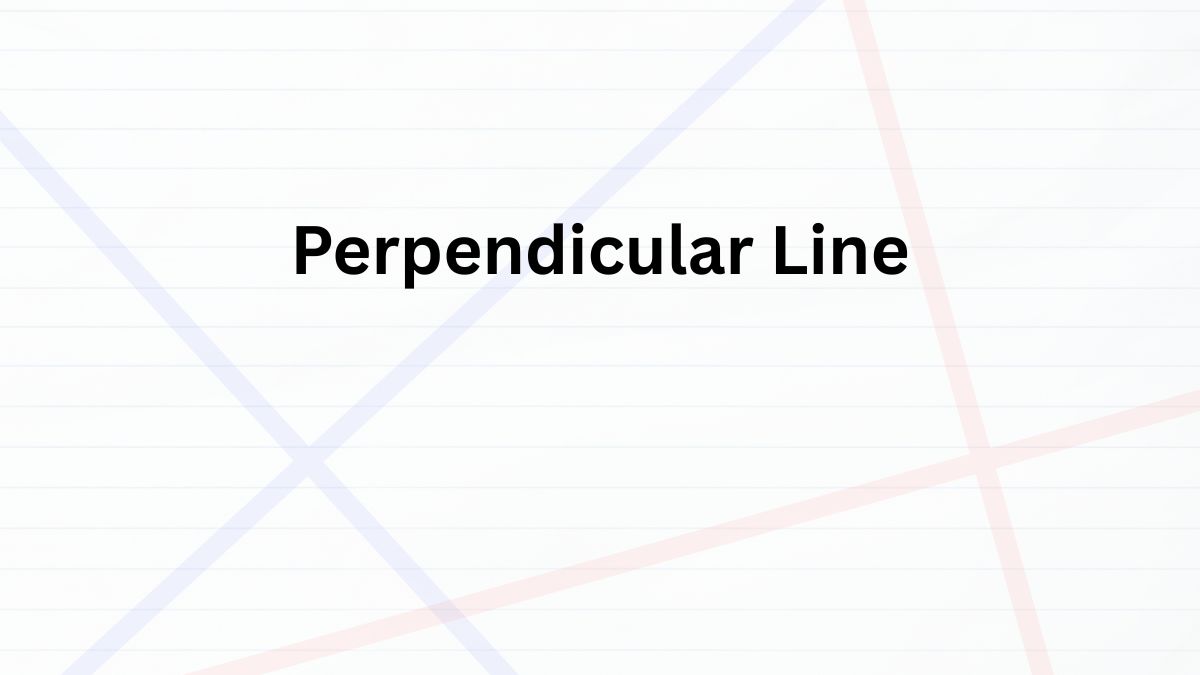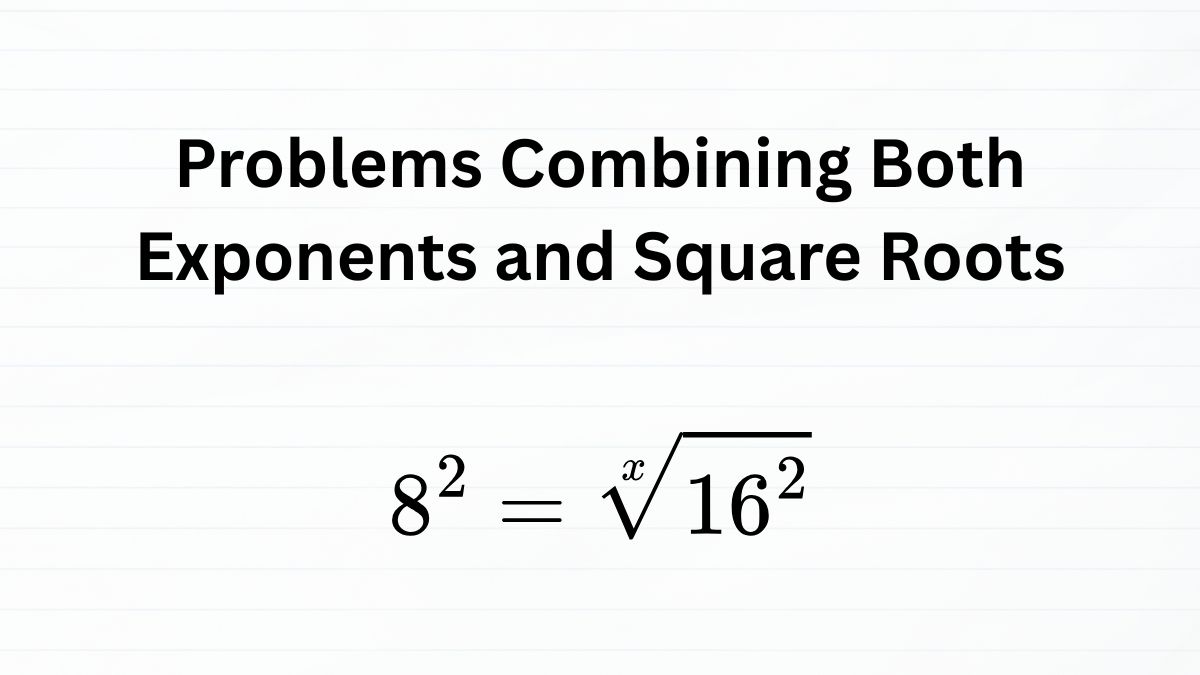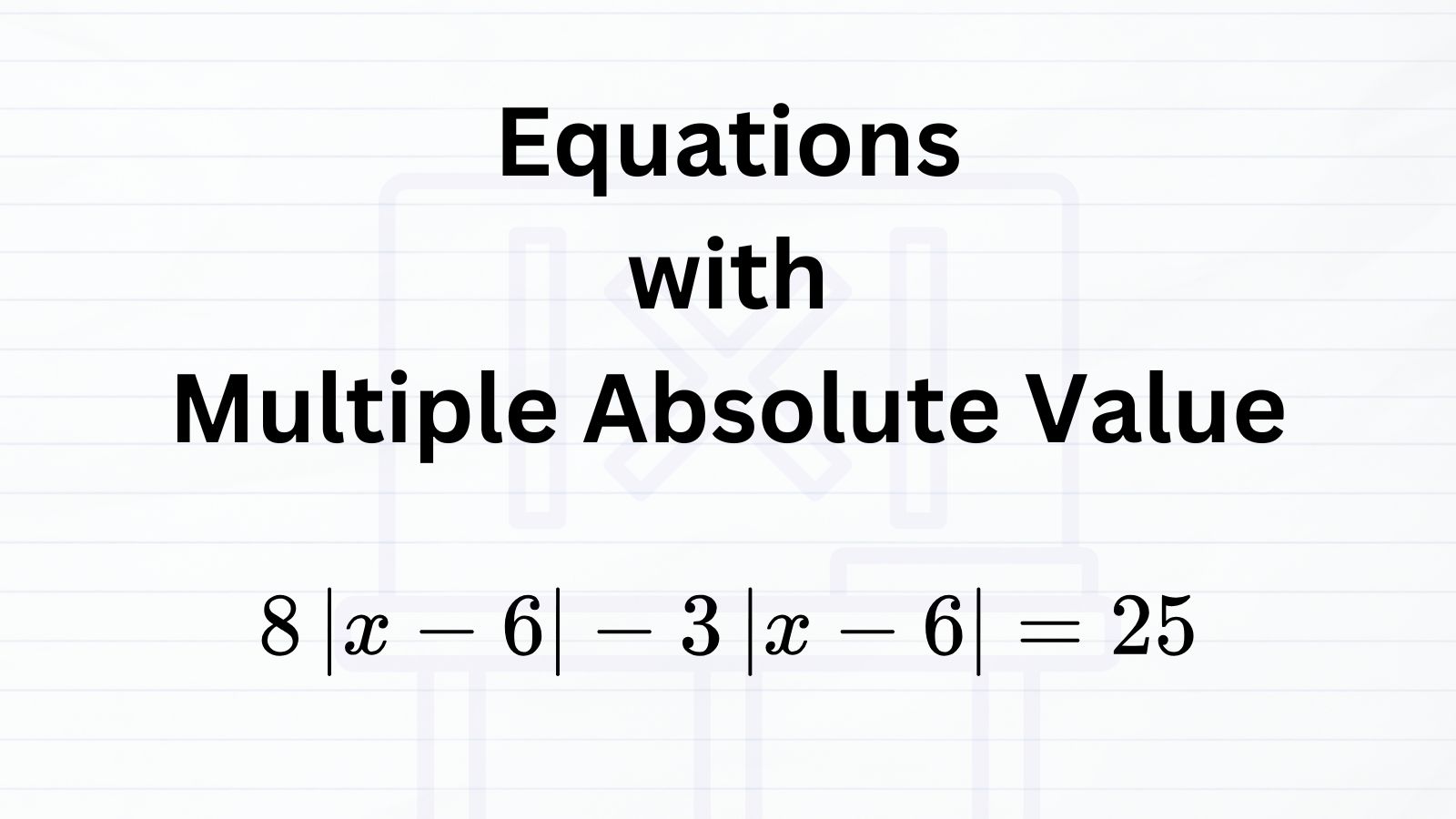
What Is Tested on the SAT About Perpendicular Lines?
Table of Contents
Quick Summary
When a line is perpendicular to another line, the two lines form 90° angle. On the digital SAT, sometimes questions ask you to find the line perpendicular to a given line. To determine such perpendicular line, we must use the following formula:
Perpendicular Line Formula
Suppose the slope of one line is \(m\), and the slope of a line perpendicular to it is \(n\). Then,
\(mn = -1\)
Definition of Perpendicular Line
When one line is perpendicular to another, the two lines intersect at a right angle (90°). On the coordinate plane, you can determine the slope of a perpendicular line by using the following relationship:
Perpendicular Line Formula
Suppose the slope of one line is \(m\), and the slope of a line perpendicular to it is \(n\). Then,
\(mn = -1\)
In other words, the product of the slopes of two perpendicular lines is always \(-1\).
Example: When One Line’s Slope Is 2
Suppose we have a line whose slope is \(m = 2\). What is the slope of a line perpendicular to it?
We know that for two lines to be perpendicular, the product of their slopes must equal \(-1\). So, set the following equation and solve for \(n\).
\(2n = -1\)
Divide both sides by 2 to isolate \(n\).
\(n = -\frac{1}{2}\)
Therefore, the slope of the line perpendicular to the given line is \(n = -\frac{1}{2}\).

Horizontal Line Can’t Define Its Perpendicular Line
It’s a less common SAT question type, but you should remember there are situations where a perpendicular slope cannot be defined. The key case is when the given line is horizontal, meaning its slope is 0.
Suppose we are given a horizontal line \(y = 0x + 7\). Can you calculate its perpendicular line?
Remember that the slope of a perpendicular line can be found using the formula: \(mn = -1\).
Now, substitute \(m = 0\).
\(0n = -1\)
This equation has no solution, because no number multiplied by 0 can equal \(-1\). Therefore, mathematically, the slope \(n\) cannot be defined. In other words, the perpendicular line to a horizontal line is a vertical line, and vertical lines have an undefined slope.
Of course, we know that a line perpendicular to a horizontal line must be vertical. What is undefined is not the line itself, but its slope. A vertical line can still be written as an equation, such as \(x = 5\), but we can’t assign it a numerical slope.
A Line Perpendicular to a Vertical Line
For a vertical line, you can’t use the perpendicular formula because the slope of a vertical line can’t be defined. However, the line perpendicular to a vertical line is always a horizontal line. You can define this without calculation.
Since horizontal lines have slope 0, the slope of the perpendicular line is perfectly well-defined.
Summary of Perpendicular Line
Now, let me summarize three patterns of finding a perpendicular line.
| Given Line | Slope of Given Line | Perpendicular Line | Slope of Perpendicular Line |
|---|---|---|---|
| Line \(y = ax + b\) | a | \(y = -\frac{1}{a}x + k\) | \(-\frac{1}{a}\) |
| Horizontal line \(y = c\) | 0 | Vertical line \(x = k\) | Undefined |
| Vertical line \(x = c\) | Undefined | Horizontal line \(y = k\) | 0 |
- If a given line is neither horizontal nor vertical, the slope of a perpendicular line to it can be always determined by \(mn = -1\).
- A horizontal line always has slope 0. Its perpendicular is a vertical line, which has an undefined slope.
- A vertical line has an undefined slope. Its perpendicular is a horizontal line, whose slope is 0.
Question Patterns and Strategies
Case 1 (Simple Calculation)
Explanation
We are given one linear equation, line \(n\). To find the slope of a line \(m\) that is perpendicular to it, we use the following rule:
Perpendicular Line Formula
Suppose the slope of one line is \(m\), and the slope of a line perpendicular to it is \(n\). Then,
\(mn = -1\)
Firstly, let’s determine the slope for line \(n\).
\(4x + 2y = 10\)
\(2y = -4x + 10\)
Divide both sides by 2.
\(y = -2x + 5\)
So, the slope of line \(n\) is \(-2\). Next, apply the perpendicular slope rule.
\(-2m = -1\)
\(m = \frac{1}{2}\)
Therefore, the slope of line \(m\) is \(\frac{1}{2}\).
Case 2 (Using Coordinate Point)
Explanation
We start with the given equation of line \(q\):
\(6x – 4y = 12\)
Let’s rewrite this in slope-intercept form.
\(-4y = -6x + 12\)
Divide both sides by -4.
\(y = -\frac{6}{-4} + \frac{12}{-4}\)
\(y = \frac{3}{2} – 3\)
Next, we’ll apply the perpendicular slope rule.
Perpendicular Line Formula
Suppose the slope of one line is \(m\), and the slope of a line perpendicular to it is \(n\). Then,
\(mn = -1\)
Let \(m\) be the slope of line \(p\). If line (p) is perpendicular to line (q), then their slope satisfy,
\(\frac{3}{2}(m) = -1\)
\(m = -\frac{2}{3}\)
So, the slope of line \(p\) is \(-\frac{2}{3}\). We can rewrite linear equation \(p\) as follows.
\(y = -\frac{2}{3}x + b\)
Next, find y-intercept \(b\). The line passes through the point \((2, -3)\). Substituting into \(y = -\frac{2}{3}x + b\).
\(-3 = -\frac{2}{3}(2) + b\)
\(-3 = -\frac{4}{3} + b\)
Simplify the equation.
\(b = -\frac{9}{3} + \frac{4}{3}\)
\(b = -\frac{5}{3}\)
So, the equation of line \(p\) is \(y = -\frac{2}{3}x + -\frac{5}{3}\).











